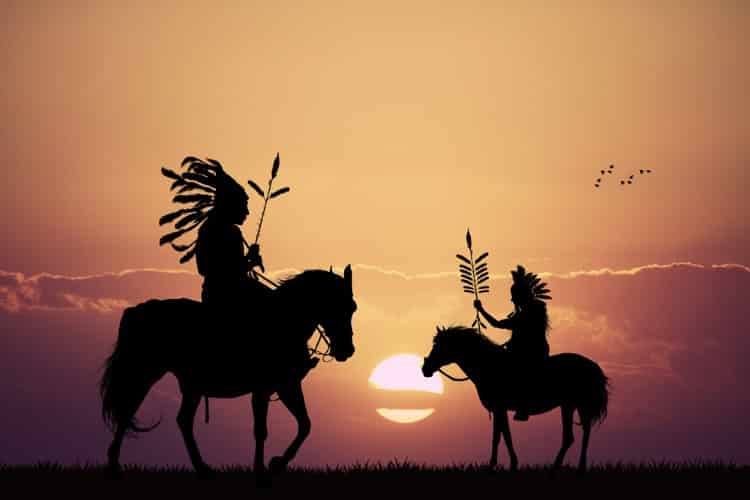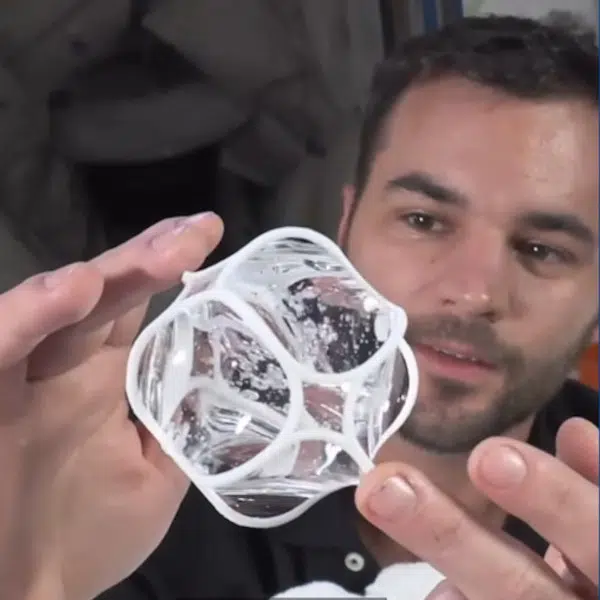
Photo: adrenalina/Depositphotos
Using DNA analysis, researchers from the Chinese Academy of Sciences have made some surprising discoveries about the ancestry of Native Americans. They looked at mitochondrial DNA passed down in females to follow the trail of an ancestral lineage that might link East Asian Paleolithic-age populations to founding populations in Chile, Peru, Bolivia, Brazil, Ecuador, Mexico, and California. What they ended up discovering is that during the Ice Age, humans migrated from northern China to Japan and the Americas.
“The Asian ancestry of Native Americans is more complicated than previously indicated,” explains lead author Yu-Chun Li, a molecular anthropologist at the Chinese Academy of Sciences. “In addition to previously described ancestral sources in Siberia, Australo-Melanesia, and Southeast Asia, we show that northern coastal China also contributed to the gene pool of Native Americans.”
It's commonly accepted that Native Americans are descendants of Siberians who crossed the temporary Bering Strait land bridge. However, new findings published in Cell, show that these ancestors most likely landed on the Pacific coast. The researchers determined this by analyzing over 100,000 contemporary and 15,000 ancient DNA samples from across Eurasia to eventually identify 216 contemporary and 39 ancient individuals belonging to this rare lineage.
Through genetic mutations, geographic locations, and carbon dating, it appears that these travelers would have landed in America prior to the land bridge being open. In fact, they believe that these intrepid individuals came over in two different waves. The first migration—or radiation—would have occurred between 19,500 and 26,000 years ago. At this time, the ice sheets in northern China would have made conditions inhospitable and forced people to seek out a better climate.
The second radiation would have happened between 11,500 and 19,000 years ago, when the melting of these ice sheets led to a population boom. This fact, coupled with the better climate, may have pushed people to explore new locations.
Interestingly, the genetic research also showed a link between the Native Americans and the Japanese. The researchers hypothesize that during the deicing period, part of the population from northern China migrated to Japan, while others set off for the Americas. This theory is backed up by archeology, as these regions of China, Japan, and the Americas show similarities in how arrowheads and spears were crafted.
“This suggests that the Pleistocene connection among the Americas, China, and Japan was not confined to culture but also to genetics,” says senior author Qing-Peng Kong, an evolutionary geneticist at the Chinese Academy of Sciences.
Though the origins of several founder groups remain a mystery, these findings are another piece of the human development puzzle. The researchers will be taking this knowledge forward as they continue to investigate other Eurasian lineages in order to understand more about the origins of Native Americans.
h/t: [IFL Science]
Related Articles:
Sitting Bull’s Great-Grandson Is Identified With New DNA Testing Method
Scientists Reconstruct Neolithic Girl ‘Lola’ From DNA Found on 5,700-Year-Old Chewing Gum
11,500-Year-Old Infant’s DNA Reveals New Surprises About How North America Was Populated
Scientists Successfully Sequence the DNA of Man From the Pompeii Eruption for the First Time






















































































